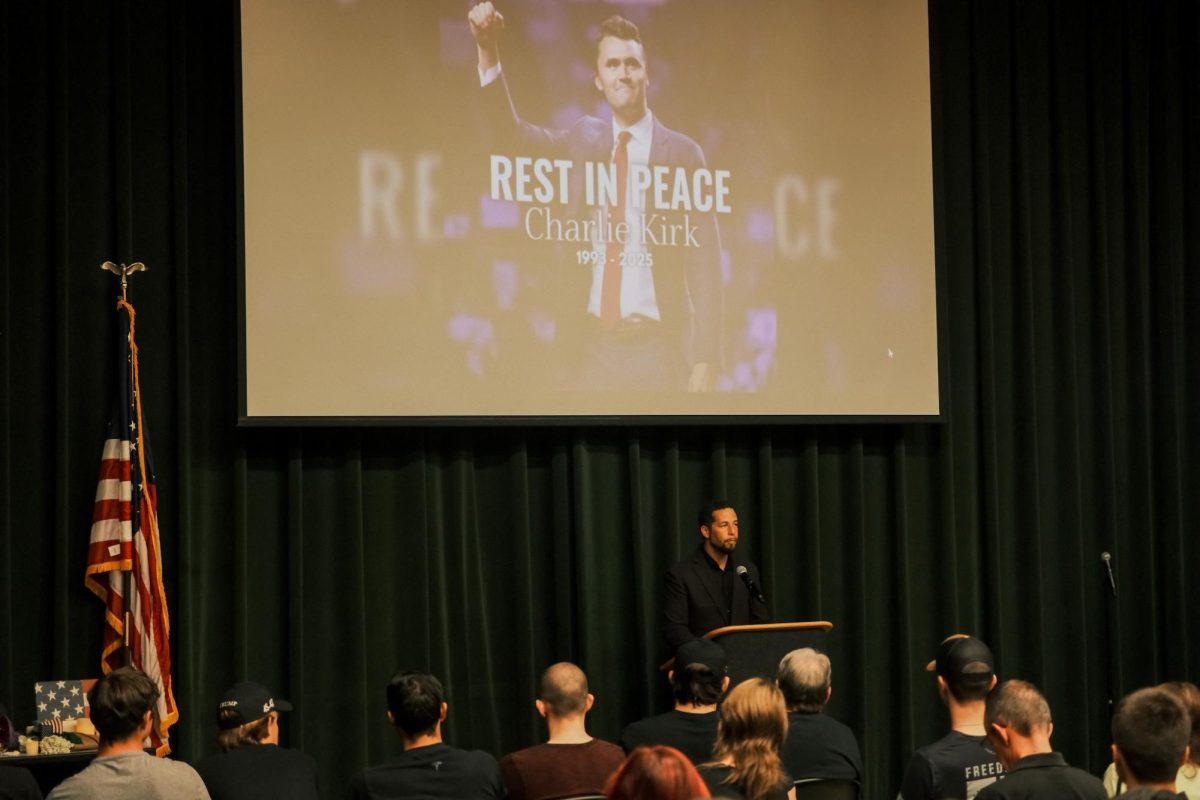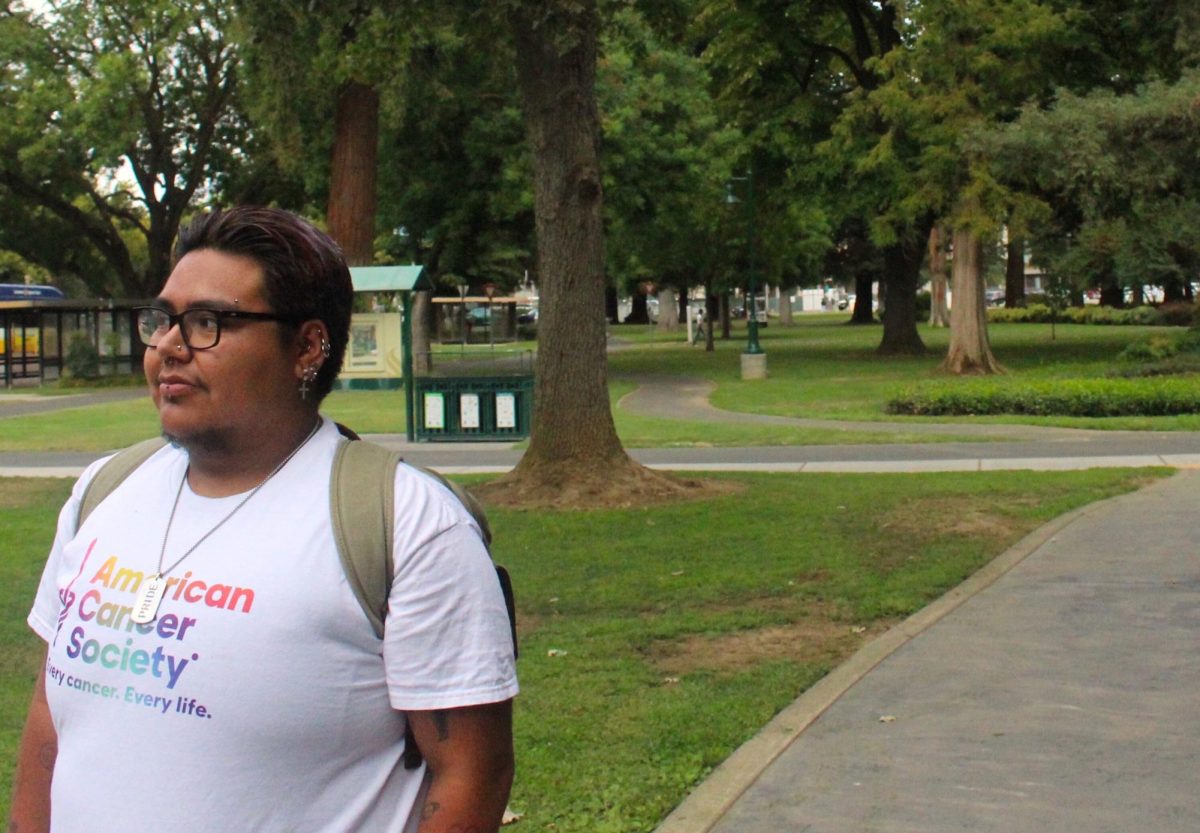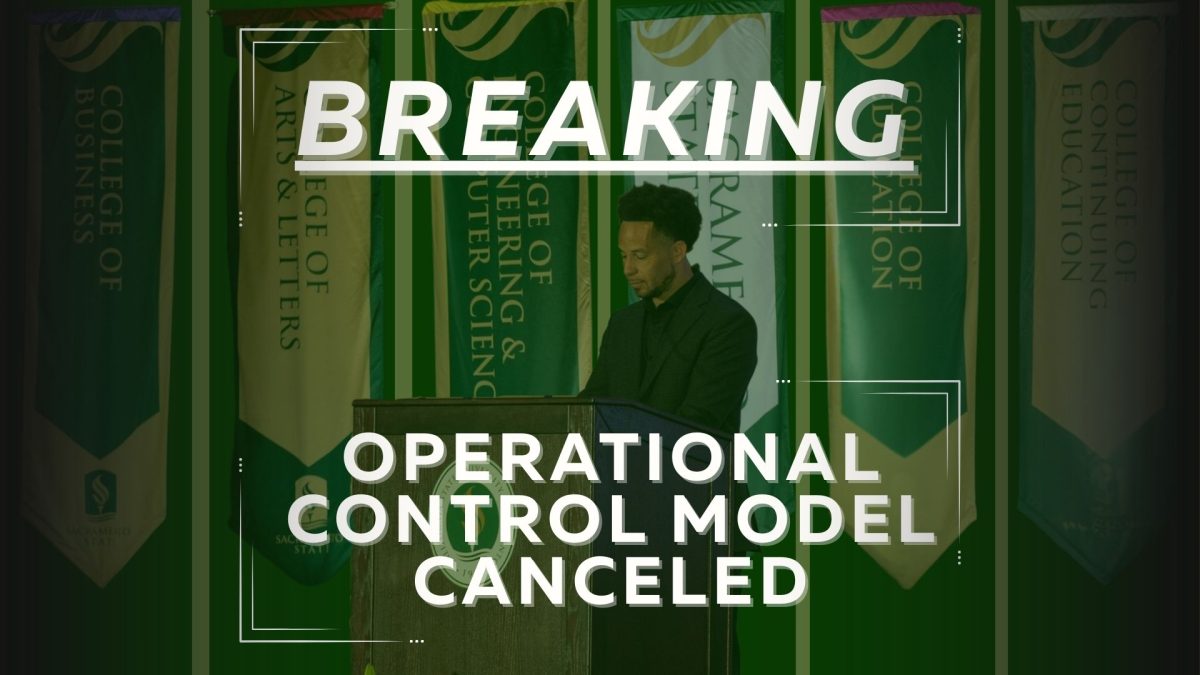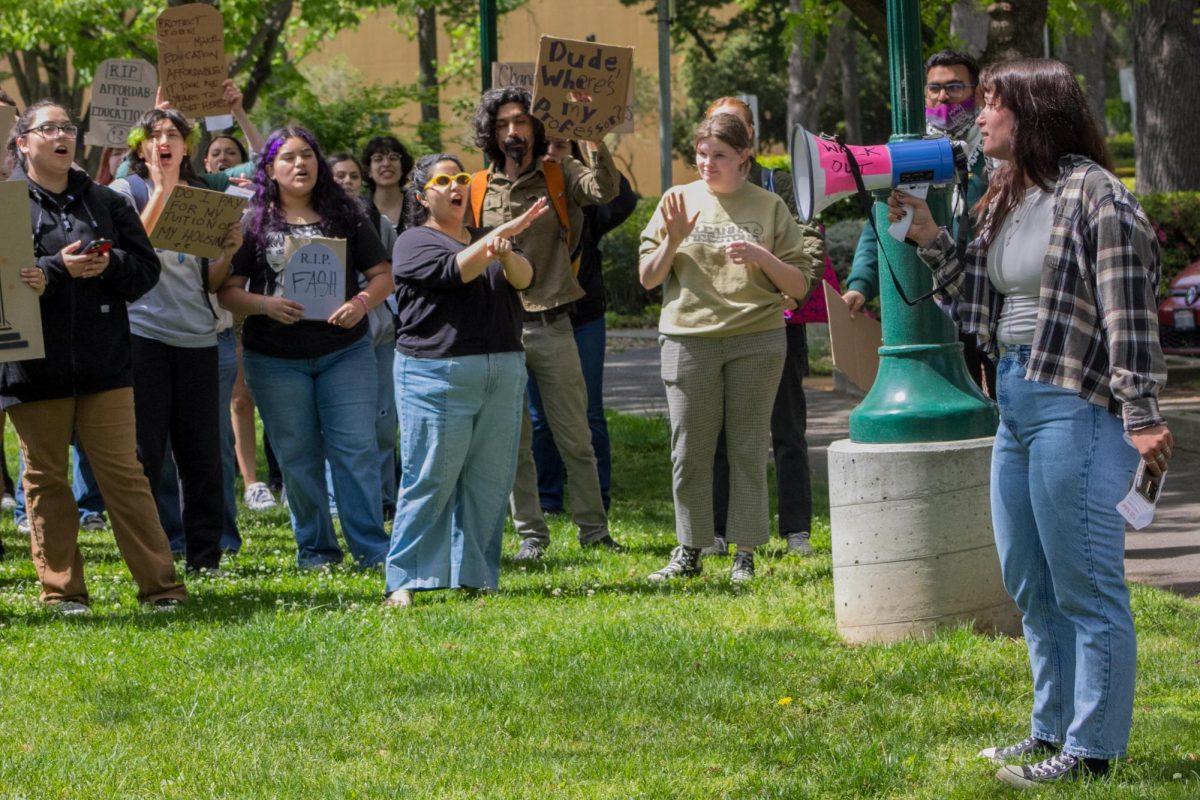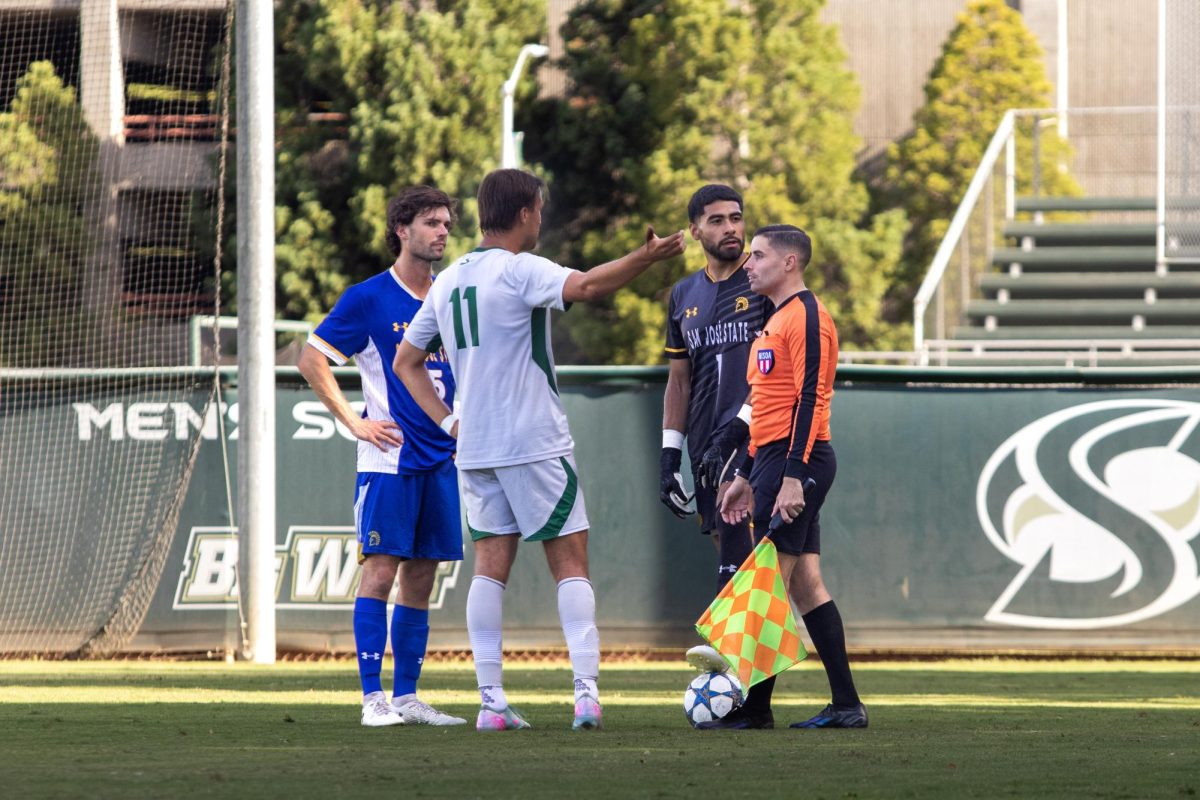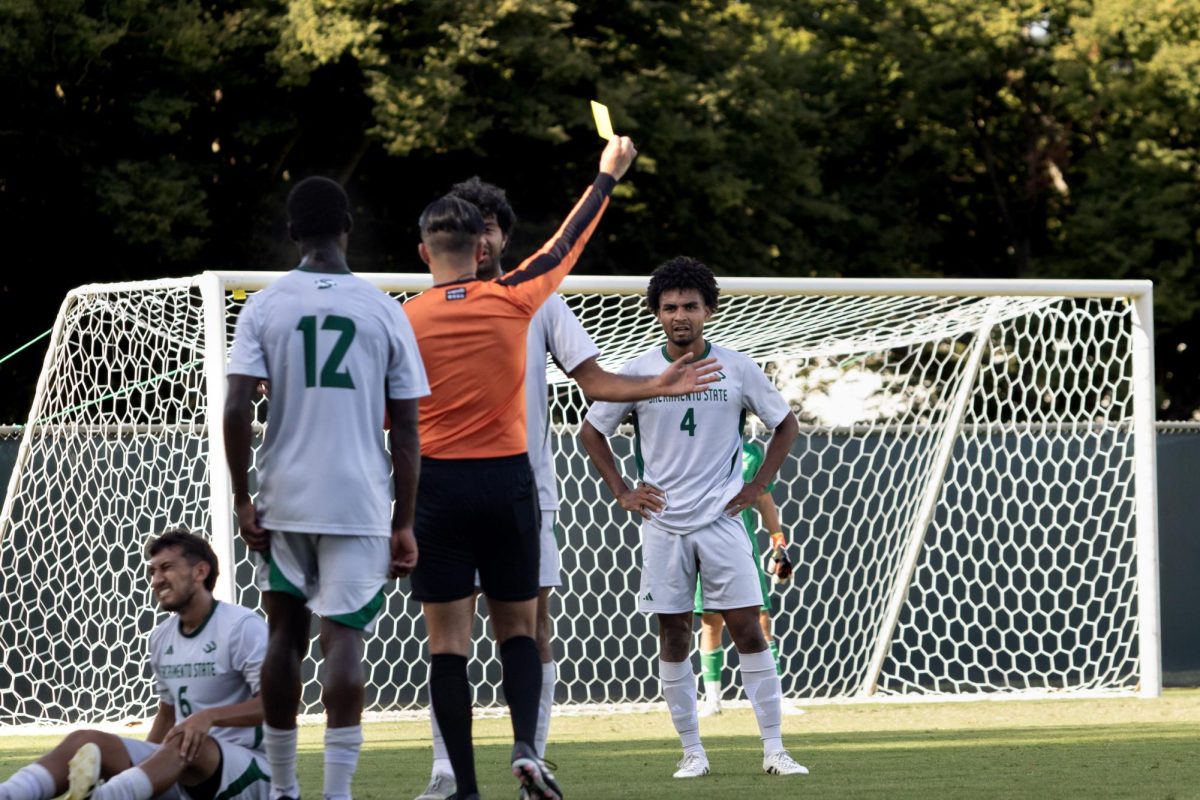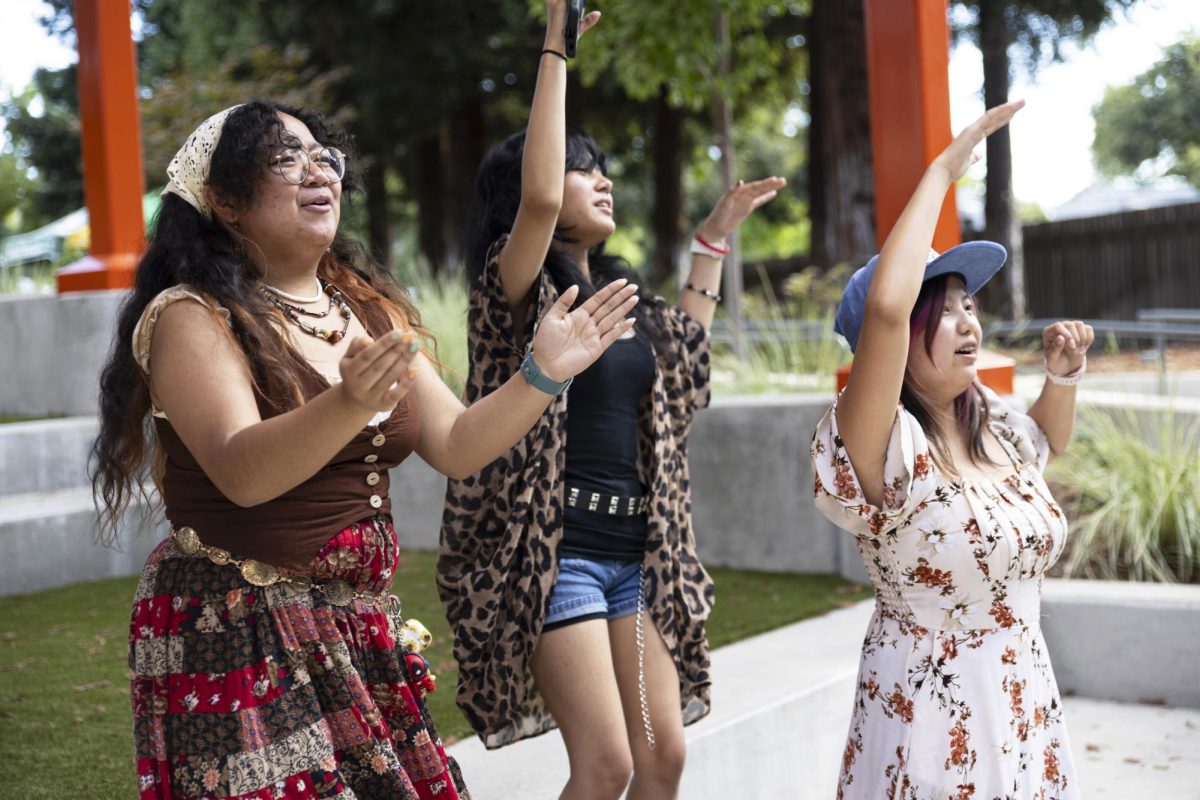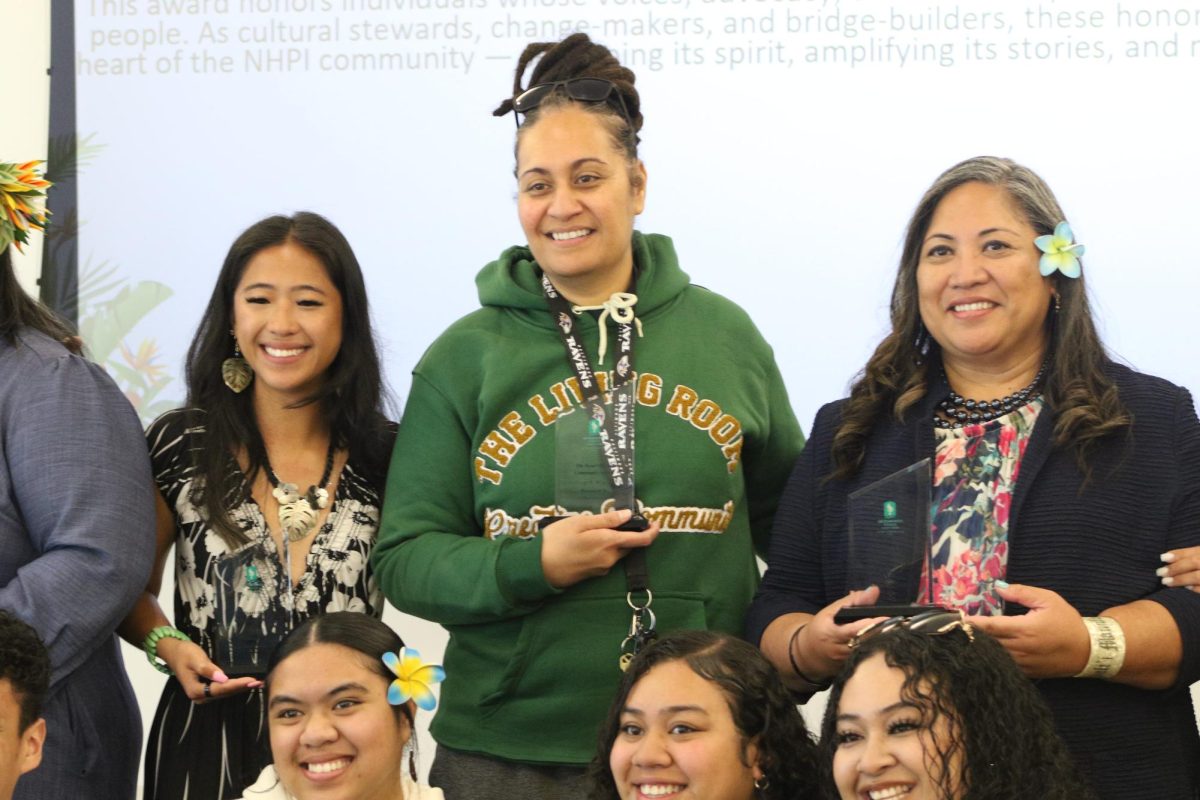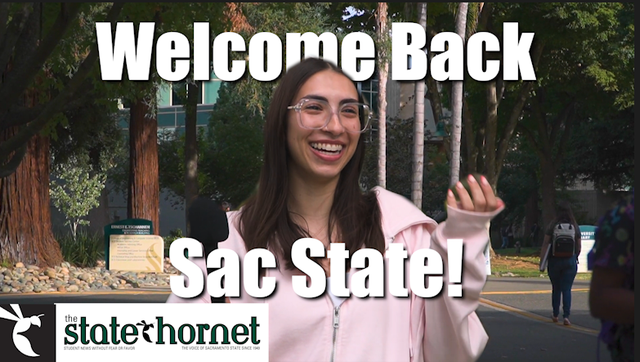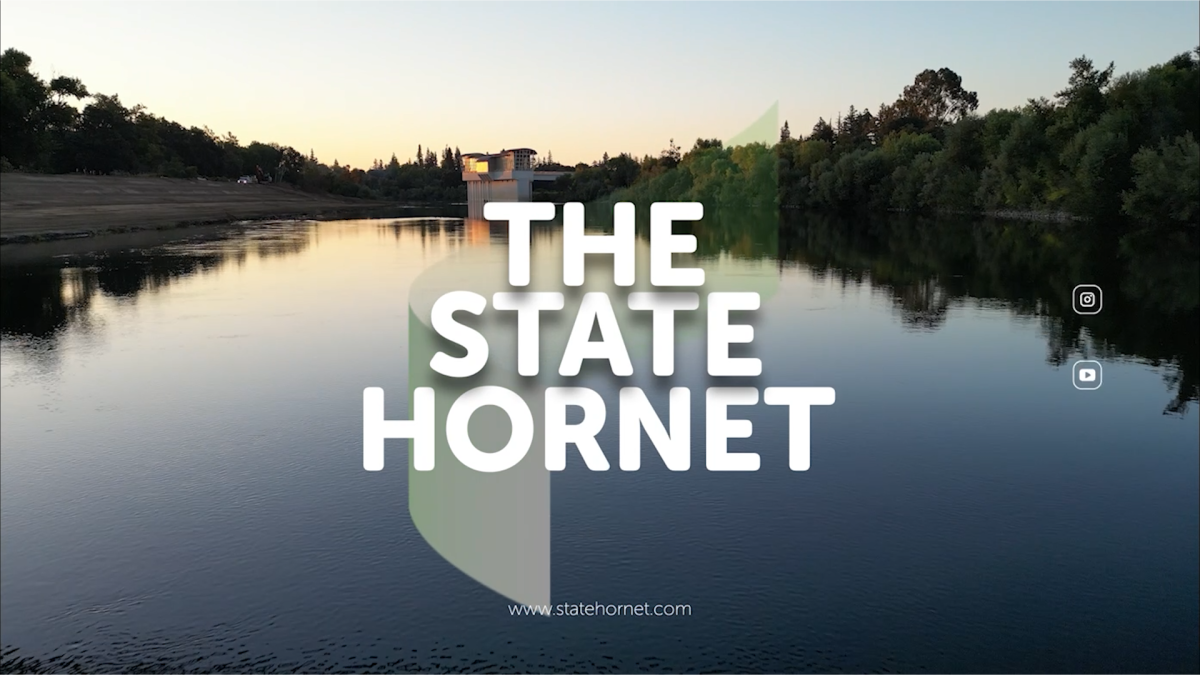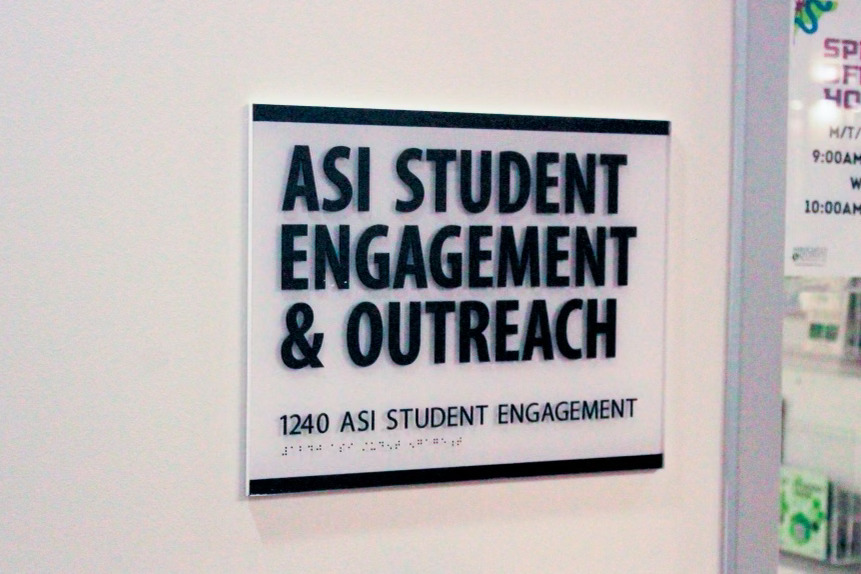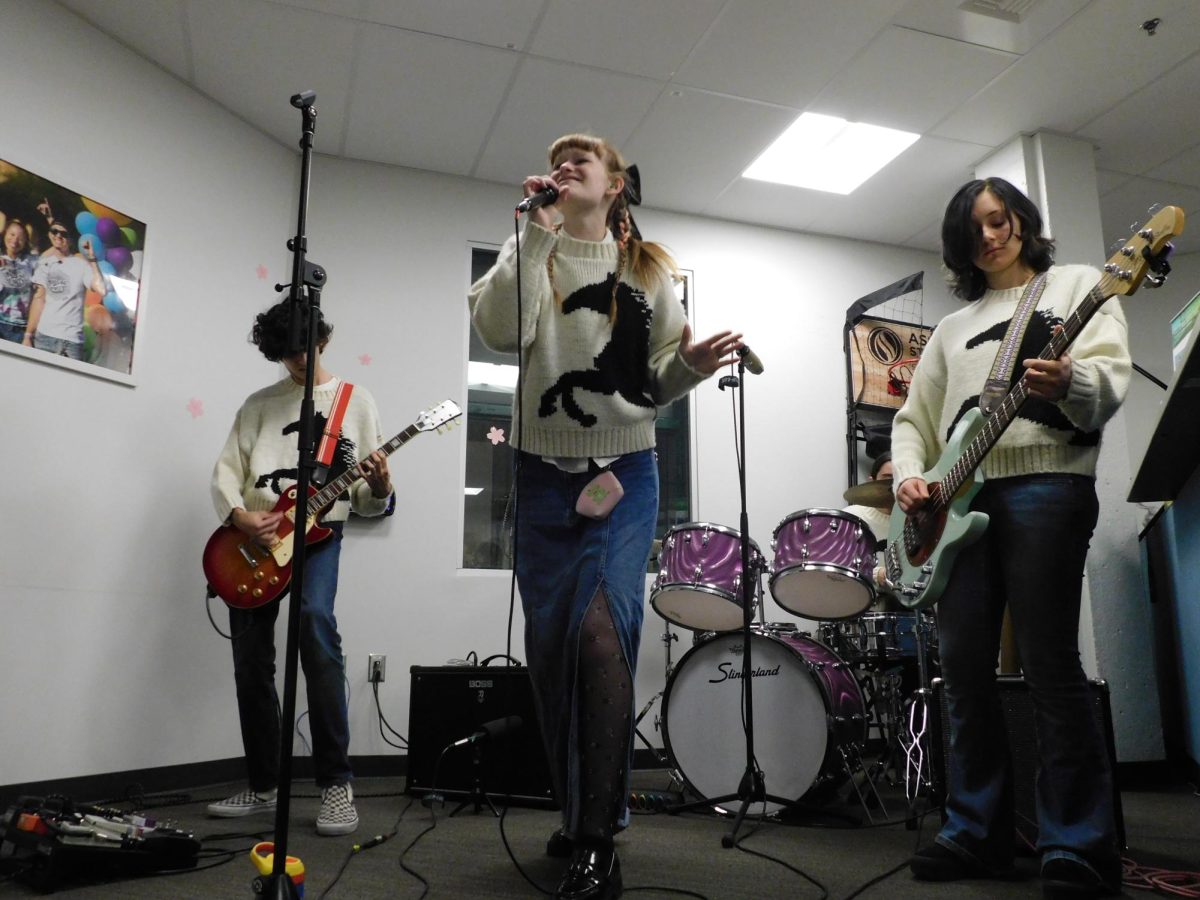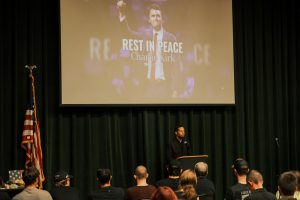Department of Water Resources teams up with Sac State
February 2, 2011
The state’s Department of Water Resources signed a $300,000 consulting contract with Sacramento State in the hopes of finding solutions to some of the state’s water delivery and conservation problems.
Civil engineering professor Saad Merayyan, a co-principal investigator on the Department of Water Resources contract, said this contract would provide Sac State &- and the CSU system as a whole, with opportunities to share its expertise and work with one of the largest agencies involved with statewide water resource issues.
“If we can’t find the needed experts on our campus we will search the CSU system to identify them and forward their names to DWR,” Merayyan said in a press release.
The contract calls for Sac State to provide consulting, research, education and training services to the Department of Water Resources through what are known as task orders. These documents lay out the schedule, budget and plans for a particular project, as well as a timeline for that project’s completion, Merayyan said.
In the discussions leading up to the contract signing, Merayyan said some sections within the Department of Water Resources were interested in working with the university, but others were not.
He said many meetings between the university and the Department of Water Resources took place over the two years leading up to the signing in July 2010. The agency and university are now in talks to increase the dollar amount on the contract.
While Merayyan and Ramzi Mahmood, another civil engineering professor involved with the contract, will be working with the Department of Water Resources for the first time, the water agency has depended on Sac State’s services in the past as well.
The Center for Collaborative Policy, part of Sac State’s College of Social Sciences and Interdisciplinary Studies, was called on to assess ways to coordinate the activities of Butte, Glenn, Tehama and Colusa counties in regard to the Lower Tuscan Aquifer in 2008.
This project lasted from January until August 2008, and involved developing an assessment questionnaire, identifying interview candidates for the assessments and analyzing the interviews, and preparing a report summarizing its major findings and recommendations.
The goal was to find out the best way for these groups to approach collaboration amongst one another, according to the project’s task order. The study found, among other things, a “widespread agreement that water supply, watershed, flood control and land use planning processes are often disconnected.”
The study recommended the four-county area could “benefit from some sort of Area-wide water “visioning’ activity.” Also recommended was the creation of a longer-term integrated water resources plan for the conservation of the Lower Tuscan Aquifer.
Until a common vision or goal was developed among these groups, the study found, anything the four counties came up with individually would lead to repeating basic differences of opinion.
Regarding current projects with the agency, Merayyan said discussions were still taking place, but every facet of the campus will be used to fulfill the contract, from faculty and staff, to students and experts located throughout the university system.
“This is a systemwide contract and we are the gatekeepers of that contract,” Merayyan said.
Benjamin Schilter can be reached at [email protected]


